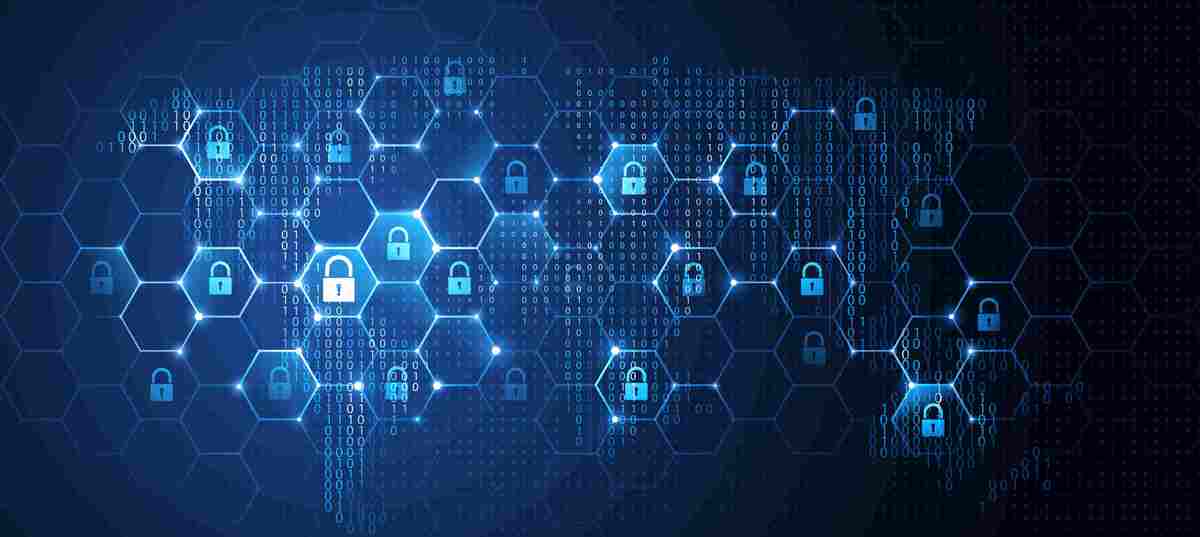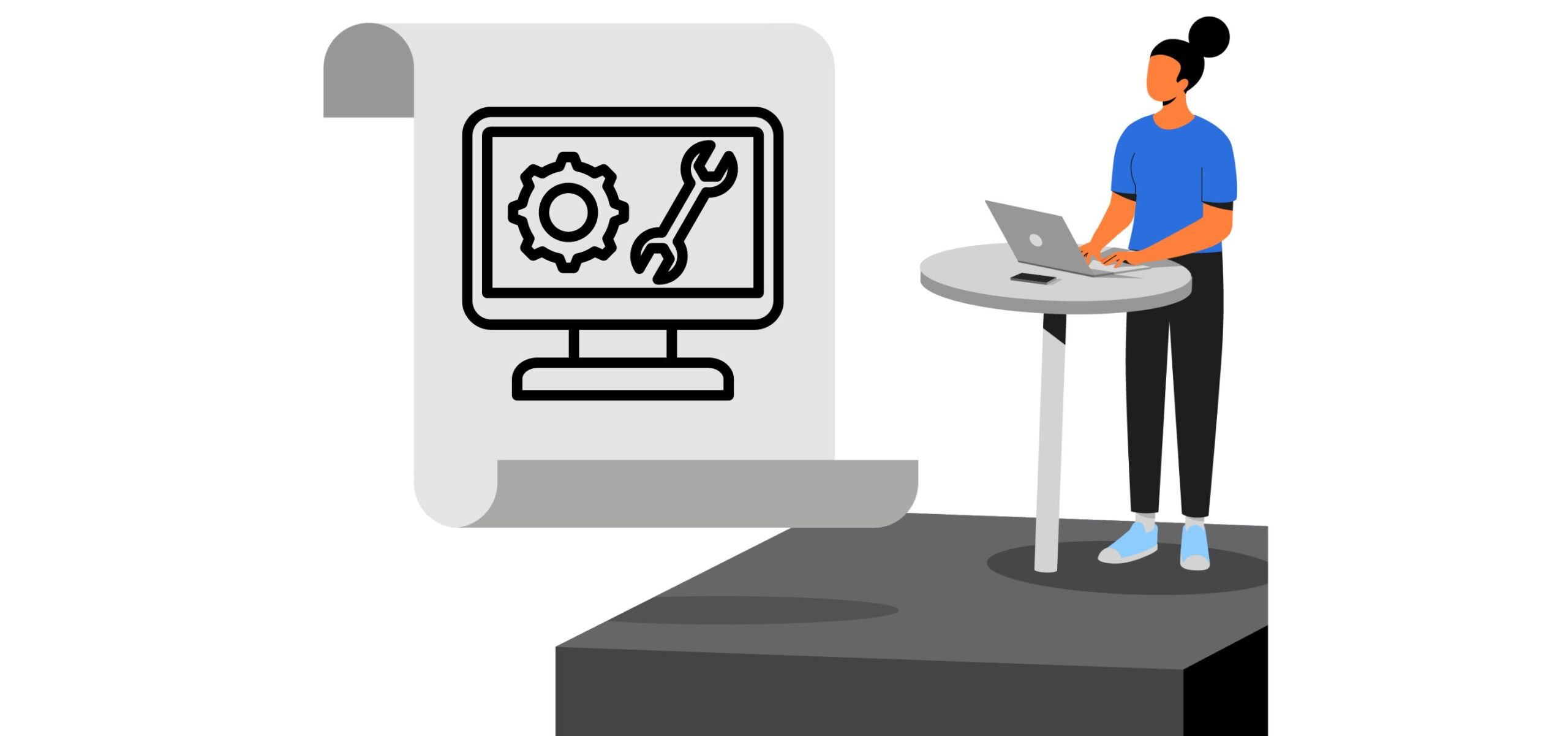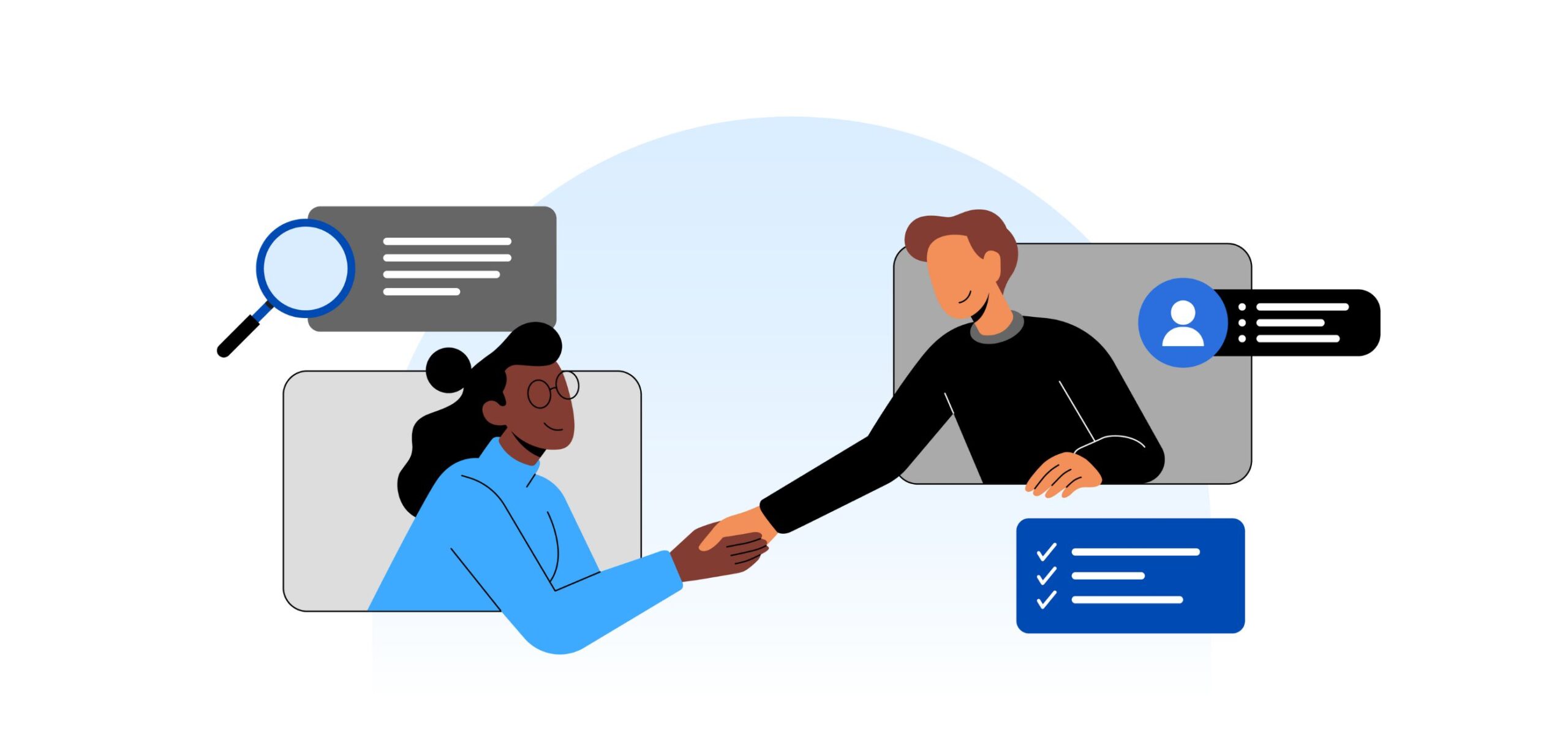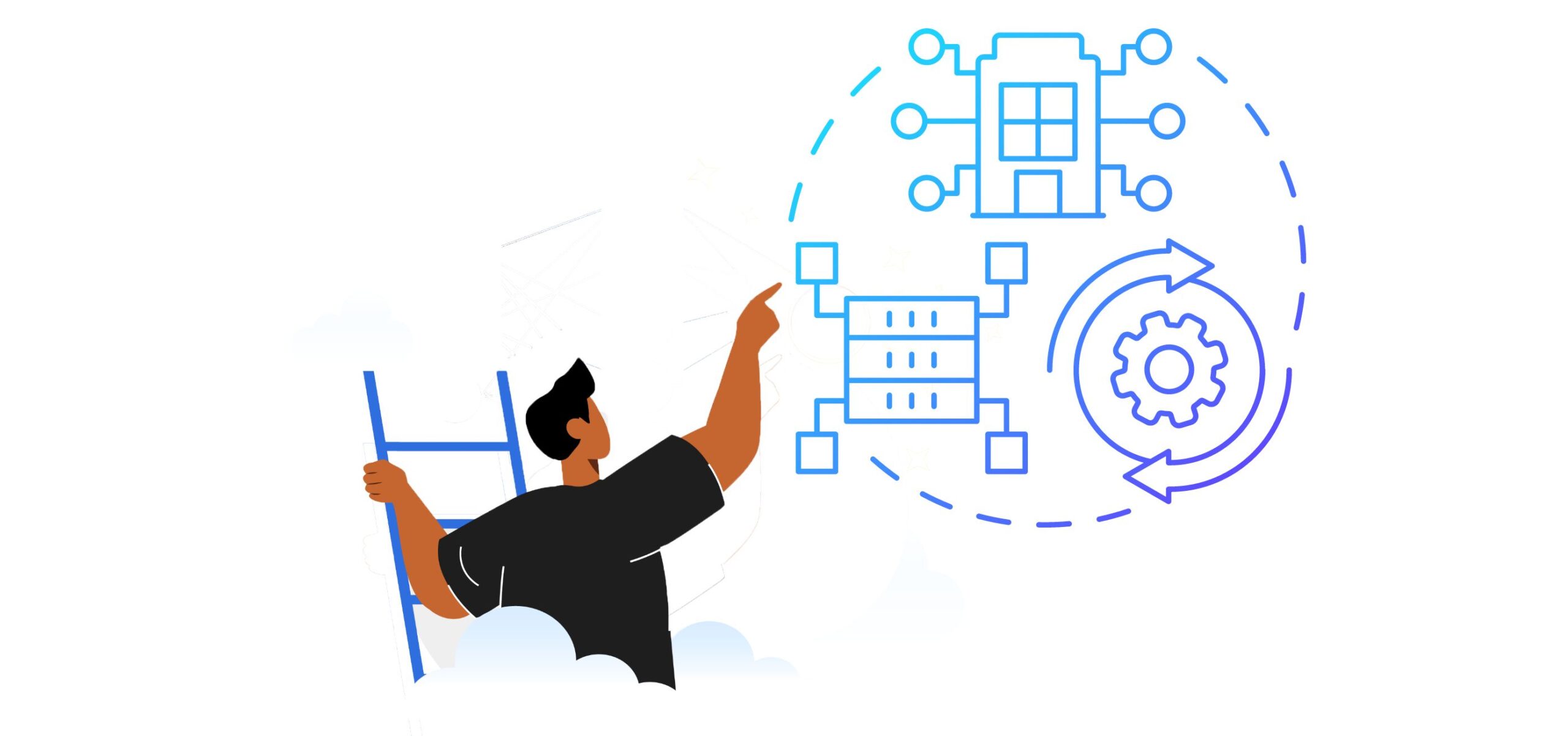Are You Following These Data Security Best Practices with Your Remote Developers?
The advent of remote work has introduced several benefits for employers and employees, including increased productivity, job satisfaction, and lower expenses. However, organizations must be mindful of data security and software security risks associated with remote work when dealing with remote developers.
This post lists the eight best data security practices to help remote employees work securely.
Robust data security policy
Employees mishandle sensitive data unintentionally in most data and software security breaches. To avoid potential data-security disasters, companies must be sure their remote team members know their security policy, what constitutes a security breach, and what doesn’t. A data security policy with a list of dos and don’ts can be helpful for the same.
Additionally, organizations should appreciate employees in compliance with the policy. At the same time, they should ensure that all employees are aware of the consequences of non-compliance.
Tools and training for data security
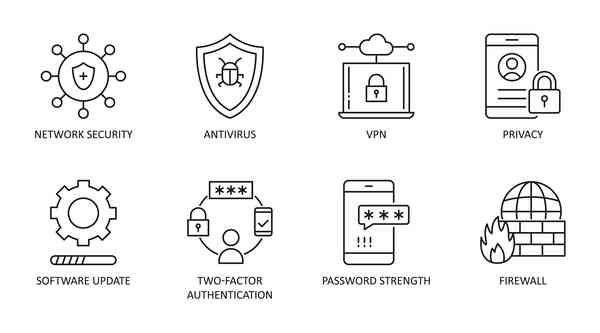
Tools and training for data security
Employees need the right tools and training to comply with the data security policy. Spam filtering tools, antivirus software, VPN, and password managers help employees work without worrying about breaching data security.
Certain security-related situations may demand software training. And so, in-depth training sessions can help employees get familiar with the software tools to ensure data and software security.
Limit the use of personal devices
Personal devices are not as secure as the ones configured and delivered by the company. Therefore, the risk of breach of data security and software security is high.
Company-owned devices have installed tools and software that reduce the risk of data misuse. Moreover, these devices come with location tracking software, thus offering better software security and data protection.
Practice zero-trust approach for data security
Organizations around the world use Microsoft’s zero-trust approach to ensure data security. In this approach, each time a user requests access to sensitive data, they have to go through a verification process.
By practicing this zero-trust approach, companies can ensure seamless data security. What’s more, this approach minimizes the overall damage in case of any external or internal security breach.
Set secure connections and strong passwords

Set secure connections and strong passwords
Setting secure connections is one of the easiest ways to practice data security. Remote work has enabled workers to work from their homes, coffee shops, and pretty much anywhere around the world. And thus, securing an internet connection with a company VPN is one of the most critical steps to keep online activity and location secure today.
Similarly, password protection is another aspect that demands attention. Employees mostly set passwords that comprise personal information to make them easy to remember.
Subsequently, informing employees about the associated risk with weak passwords and providing a password manager to store multiple passwords for different platforms is essential to ensure data security.
Get the right VPN for data security
Giving remote developers the right VPN is as essential as securing connections. VPN servers can easily get overloaded while bulk sharing and become vulnerable to DDOS attacks. Organizations must check all the VPN services available before zeroing in on the one they want.
Nonetheless, an ideal VPN should have an extensive server network, strong firewalls, should be able to manage traffic with split tunneling, and keep track of users.
Regularly update software
Every network becomes vulnerable when software and applications are not updated regularly. Organizations must install patches when they become available to strengthen their network and baseline security. Therefore, it is essential to update software for continued data security regularly. In addition to this, companies can also conduct the Pen Test for maximum security.
Security breach response plan
A good security breach response plan helps prevent negative publicity and productivity loss. In addition, organizations with a response plan fare better than those without one by recording what was lost and knowing what to do for specific data security and software breaches.
Moreover, organizations with a response plan can find where the attack came from, what went wrong, inform employees promptly, and limit negative publicity.
Summary
Enforcing the best data security practices ensures that remote workers have a safe virtual working environment. A secured virtual workplace is critical for every company’s growth in this era of digital transformation.
So, addressing the challenges associated with software and data security is an unavoidable step for embracing remote work.
If you are looking to hire remote developers and engineers, Turing can help. Trusted by hundreds of reputed companies, Turing helps you fill any software role within five days by offering Silicon Valley-caliber developers. Also, Turing offers transparent developer information and easy monitoring to make remote development easy, compliant and secure.
Tell us the skills you need and we'll find the best developer for you in days, not weeks.
